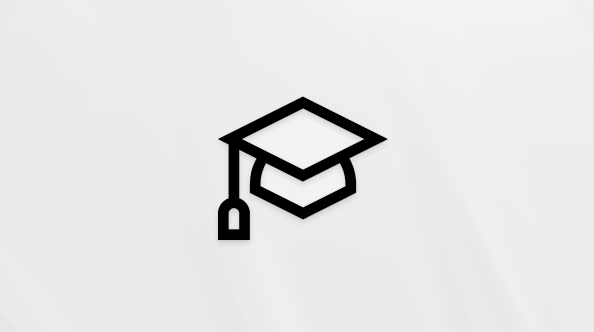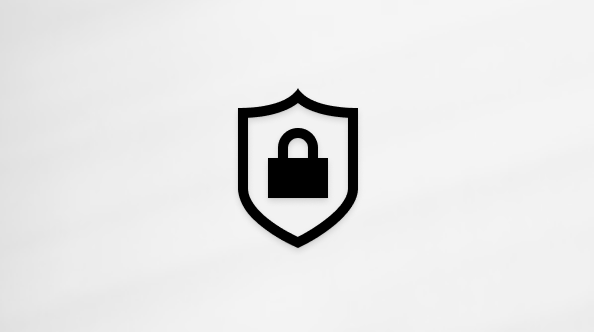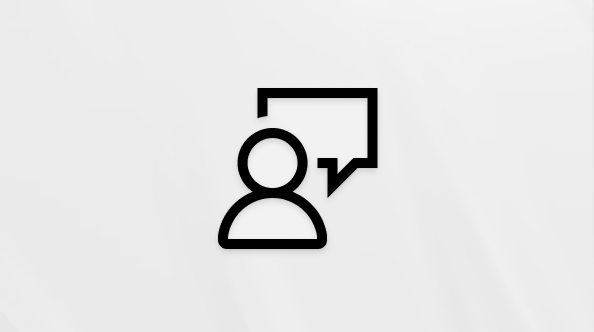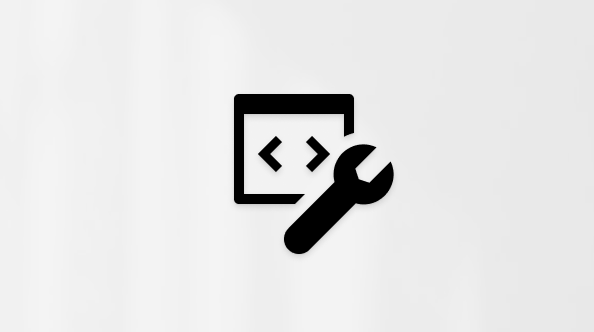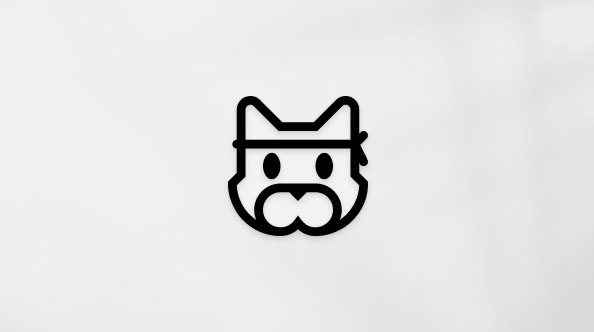Create incoming webhooks with Workflows for Microsoft Teams
An Incoming webhook lets external applications share content in chats and channels in Microsoft Teams. Webhooks are used as tools to track and notify. You can post to a channel or chat when a webhook request is received.
Set up an incoming webhook workflow from a template
Select More options 

Depending on if you want the webhook to post within a chat or channel, choose the webhook template that best suits your needs. Each template has a different authentication type.
Chat webhook templates
-
Post to a chat when a webhook request is received
-
Post to a chat when a webhook request is received from specific users
-
Post to a chat when a webhook request is received from users in my tenant
Channel webhook templates
-
Post to a channel when a webhook request is received
-
Post to a channel when a webhook request is received from specific users
-
Post to a channel when a webhook request is received from users in my tenant

Note: The webhook template Post to a chat when a webhook request is received may not be available depending on your organization type. For more help, contact your IT admin.
Once the workflow opens, you can change its name.
You’ll also need to authenticate with your account to have your workflows post to the channel or chat. If you want to choose a different account to authenticate with, select Switch account 
Once you're done updating the name and have the correct account authenticated, select Next.

On the next page you’ll be able to choose the Team, Channel, or Chat that this notification will post to. Note if you are using this workflow from a chat or channel these fields will auto-populate for you. After filling out the required details, select Add workflow.
Once the workflow is created, you’ll see a new dialog with the URL that you can copy.

If you ever need to copy the workflow URL again, you’ll be able to find it by opening the Workflows app within Teams, selecting the workflow that was created, selecting Edit 

Set up an incoming webhook workflow from scratch

-
Select View more apps


-
Go to the Create tab and select Create from blank next to the search bar.
-
Use the search bar to search for the trigger When a Teams webhook request is received, and select it.
-
Choose who can trigger the flow (authentication type). You can choose from three different authentication types:
-
Anyone (this choice is unauthenticated)
-
Any user in my tenant
-
Specific users in my tenant
-
-
You'll now need to add an action to your workflow. Select New step and choose the action Post card in chat or channel which comes from the Teams connector.
-
Now you'll choose where the information from the webhook gets posted. Select the dropdown field Post in and choose the location. After you choose the location of channel, group chat, or chat with flow bot, fill in the other required fields.
-
Select Save below your workflow. Once saved, you can return to the When a Teams webhook is received box and copy your HTTP POST URL.
Note: While setting up the webhook trigger, you can add optional conditions. Go to the trigger Menu 


Learn more
Developer documentation for Teams webhook connector





